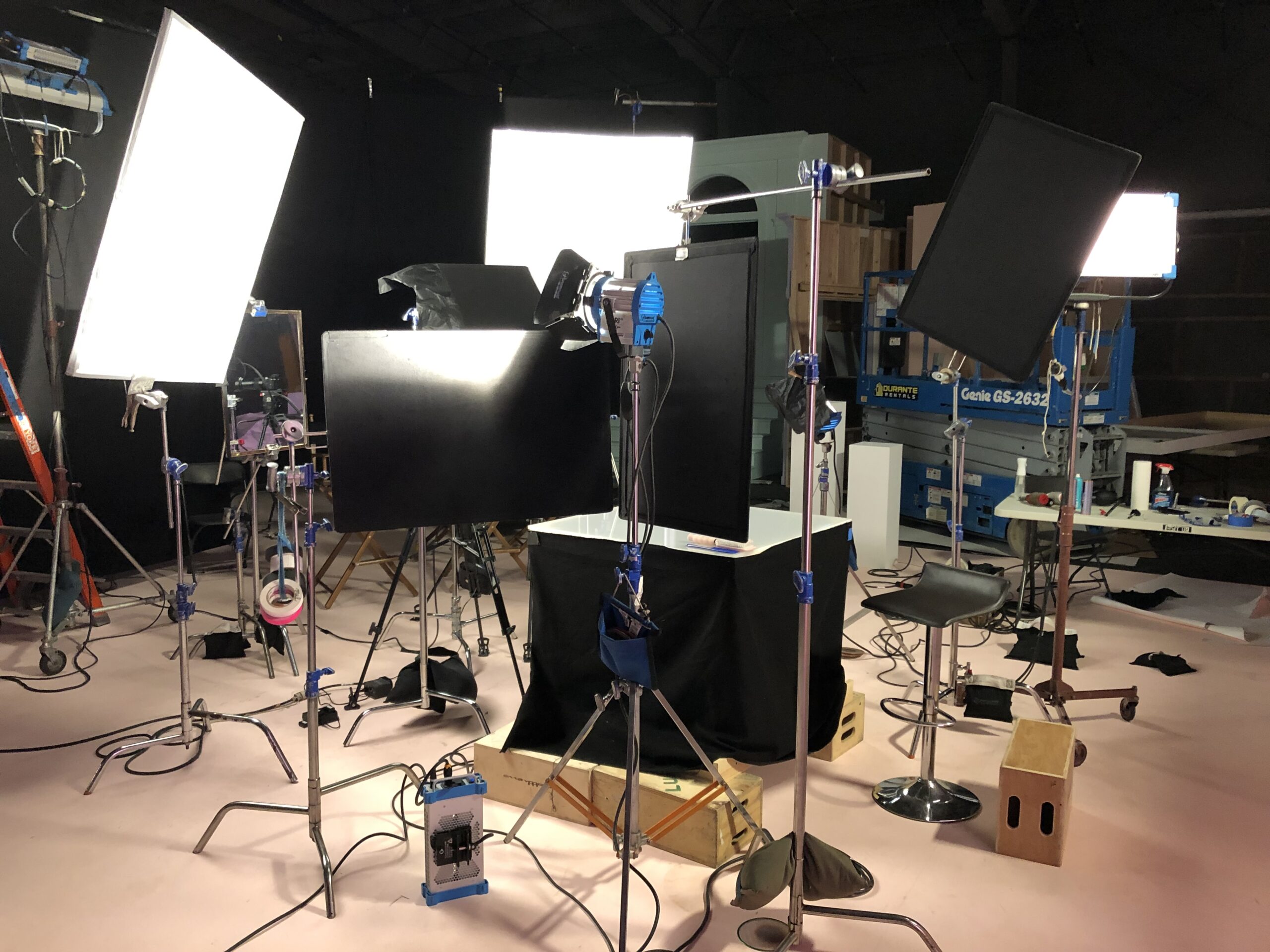
Cinematography is often described as the art of painting with light. It’s the visual heartbeat of a film, where every frame is carefully crafted to evoke emotions, tell a story, and immerse the audience in a world that feels both real and surreal. But behind every stunning shot lies a set of technical terms and concepts that every filmmaker, whether a seasoned pro or an enthusiastic beginner, must understand.
In the realm of cinematography, mastering these terms isn’t just about jargon—it’s about gaining the tools to effectively communicate your vision to your crew and bring your creative ideas to life. Let’s delve into some of the essential cinematography terms that will elevate your understanding and execution in the world of filmmaking.
1. Aspect Ratio
Aspect ratio refers to the relationship between the width and height of your frame. This ratio significantly impacts the aesthetic and narrative style of your film. Classic films often used the 4:3 ratio, while today’s widescreen formats typically favor a 16:9 or even the ultra-wide 21:9 ratio. Understanding aspect ratios is crucial for framing your shots and ensuring your film’s visual consistency across different viewing platforms.
2. Depth of Field (DOF)
Depth of Field is the range within a shot where objects appear sharp and in focus. A shallow depth of field, where only a small part of the image is in focus, can draw the viewer’s attention to a specific subject, creating an intimate or intense feel. Conversely, a deep depth of field keeps everything in the frame sharp, perfect for scenes where the environment plays a key role in the narrative. Mastering DOF can dramatically alter the mood and focus of your scenes.
3. Rule of Thirds
The Rule of Thirds is a fundamental principle in composition, guiding where to place your subject within the frame. By dividing the frame into nine equal parts with two horizontal and two vertical lines, the intersections of these lines suggest ideal placement for your subject. This technique helps in creating balanced, visually appealing shots that naturally draw the viewer’s eye to key elements.
4. Leading Lines
Leading lines are natural lines within your scene that guide the viewer’s eye towards the subject or a specific part of the frame. Roads, bridges, or even shadows can serve as leading lines, directing attention and adding depth to your shots. Utilizing leading lines effectively can enhance the narrative flow and spatial awareness within a scene.
5. Bokeh
Bokeh refers to the aesthetically pleasing blur produced in out-of-focus parts of an image, typically in the background. High-quality lenses can create bokeh that adds a dreamy, cinematic quality to your footage. The shape and quality of the bokeh can also be manipulated by adjusting the aperture, offering filmmakers an additional layer of creative control.
6. Rack Focus
Rack focus is a technique where the focus shifts from one subject to another within the same shot. It’s a dynamic way to guide the audience’s attention, often used to reveal important plot details or to shift the narrative focus subtly from one character or object to another. When executed skillfully, rack focus can be a powerful storytelling tool.
7. Dutch Angle
A Dutch angle, or canted angle, is when the camera is tilted so that the horizon line is not level. This technique can create a sense of unease, tension, or disorientation, making it popular in psychological thrillers and horror films. It’s a visual cue that something is off-kilter, preparing the audience for a twist or a climactic moment.
8. Shot Reverse Shot
This is a classic editing technique used in dialogue scenes, where the camera alternates between shots of each character as they speak. It’s a staple in filmmaking, creating a natural and engaging conversation flow. Understanding how to execute shot reverse shot is essential for maintaining the rhythm and pacing in dialogue-heavy scenes.
9. Frame Rate
Frame rate refers to the number of frames captured per second (fps) in your video. A standard frame rate of 24 fps is often used for a cinematic look, while higher frame rates like 60 fps or 120 fps can be used for smooth slow-motion shots. The choice of frame rate affects the texture and perception of motion in your film, making it a critical decision in the pre-production stage.
10. High Key and Low Key Lighting
High key lighting creates bright, even illumination, often used in comedies and commercials to convey a light-hearted, upbeat tone. In contrast, low key lighting produces stark contrasts and deep shadows, adding a sense of drama, mystery, or tension. Both lighting styles are essential tools in a cinematographer’s kit, capable of transforming the emotional tone of a scene.
Conclusion: The Power of Cinematic Language
Understanding these cinematography terms is more than just technical know-how; it’s about speaking the language of film. These terms provide the framework for your creativity, allowing you to plan, execute, and communicate your vision with precision. Whether you’re just starting out or looking to refine your craft, mastering these concepts will bring you one step closer to creating visually stunning and emotionally resonant films.
Every shot, every frame, and every angle is an opportunity to tell a story—so let the language of cinematography be your guide in crafting the most compelling narrative possible.
